- Empty cart.
- Continue Shopping
Legerstomia (Lagerstroemia)
Original price was: ₹485.00.₹338.00Current price is: ₹338.00.
Genus : Linnucus
“The Lagerstroemia flower plant is a stunning addition to any garden. With its vibrant and colorful blooms, it adds a touch of elegance and beauty to your outdoor space.”
Lagerstroemia, commonly known as crape myrtle or crepe myrtle, is a genus of deciduous and evergreen shrubs and trees that are native to Asia, Australia, and parts of the Indian Ocean region. These plants are known for their attractive, showy flowers and colorful foliage.
Crape myrtles can grow to be small to medium-sized trees, ranging from 10 to 30 feet in height, depending on the species and cultivar. They have smooth, peeling bark that can be a variety of colors, including gray, brown, and cinnamon. The leaves are oval-shaped and can be either deciduous or evergreen, depending on the species. The flowers, which appear in summer, are produced in large clusters and can be white, pink, red, lavender, or purple.
Crape myrtles are hardy plants that can tolerate a range of growing conditions. They prefer full sun and well-drained soil, and they are drought-tolerant once established. These plants are also relatively pest-resistant and low-maintenance.
In addition to their ornamental value, crape myrtles have been used for medicinal purposes in some traditional systems of medicine. The plant is believed to have anti-inflammatory, antiseptic, and analgesic properties. However, it is important to note that the plant and its parts can be toxic if ingested and should not be consumed without proper preparation and guidance from a healthcare professional.
Overall, crape myrtles are beautiful and popular ornamental plants with a long history of use in traditional medicine. They are relatively easy to grow and care for, making them a great choice for gardens of all sizes.

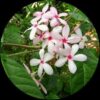

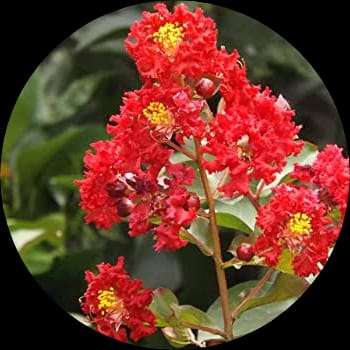
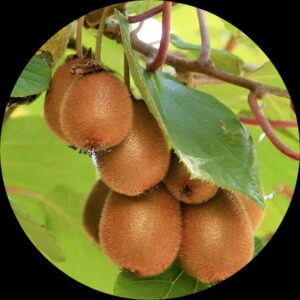
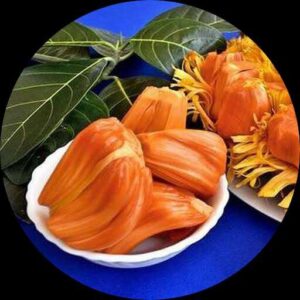
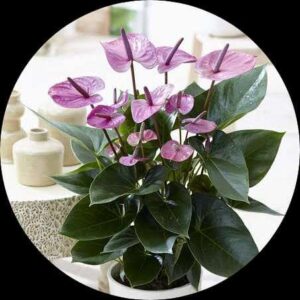
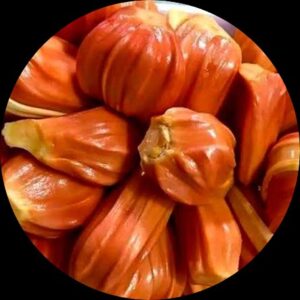
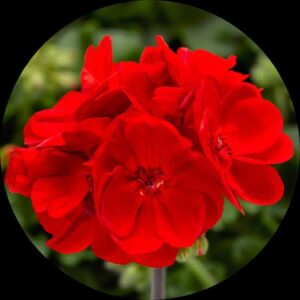

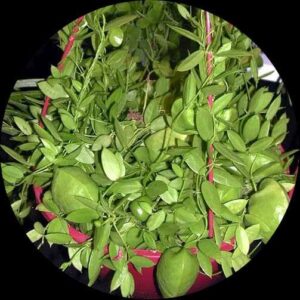

Reviews
There are no reviews yet.